A pod of narwhals near Baffin Island, Nunavut, Canada
© Eric Baccega/Minden Picture
Hooray, hooray, it's Unicorn Day!
Today is Unicorn Day—or what celebrants call 'the sparkliest holiday of the year.' To honor the mythical horned beast, we bring you the next best thing: a pod of narwhals brandishing their tusks in the Arctic Ocean. Narwhals develop only two teeth, but—in males especially—the left canine can grow into a 9-foot-long spiraled tusk. The tusk juts right through the narwhal's upper lip, lending the whale the nickname 'unicorn of the sea.'
For centuries, dating back to medieval times, narwhal tusks were sold to gullible buyers as rare unicorn horns with magical powers. These 'unicorn horns' were so prized for their medicinal and healing properties that in the 16th century, Queen Elizabeth I of England paid 10,000 pounds for one (equal to the cost of building a castle back in the day). By the late 17th century, scientific facts started replacing superstitious beliefs and the unicorn horn market went out of favor.
Today narwhals continue to inhabit deep waters of the Arctic and North Atlantic Oceans, surfacing in the cracks between dense pack ice. Although their conservation status is listed as 'least concern,' their long-term challenges are associated with the loss of sea ice and environmental impacts from oil and gas development.
Related Images
Bing Today Images




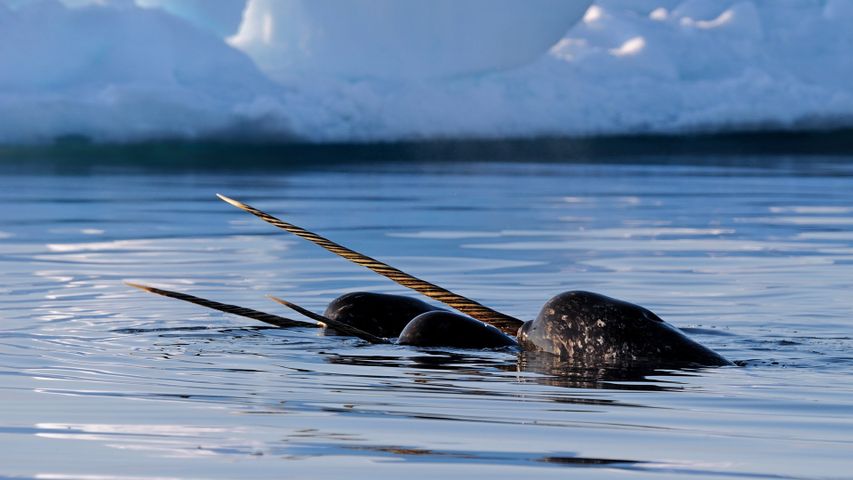
 Steller sea lions, Vancouver Island, British Columbia, Canada
Steller sea lions, Vancouver Island, British Columbia, Canada
 Manatee in Three Sisters Springs, Crystal River National Wildlife Refuge, Florida
Manatee in Three Sisters Springs, Crystal River National Wildlife Refuge, Florida
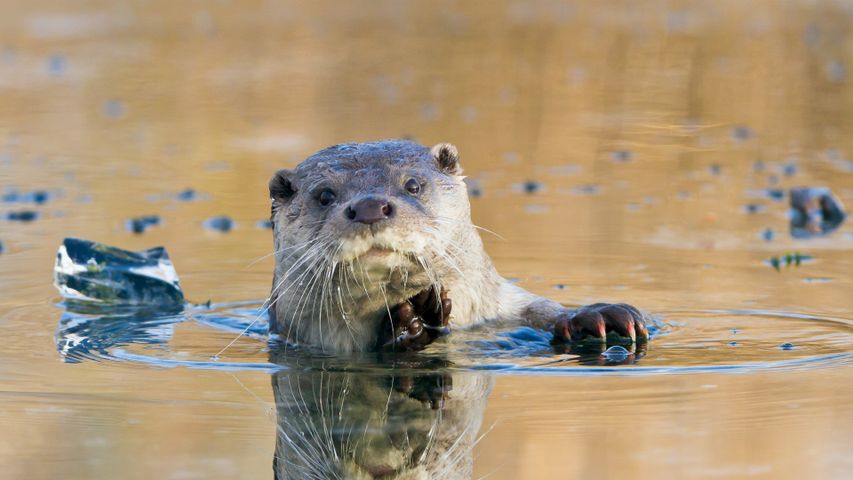 European river otter, Lelystad, Netherlands
European river otter, Lelystad, Netherlands
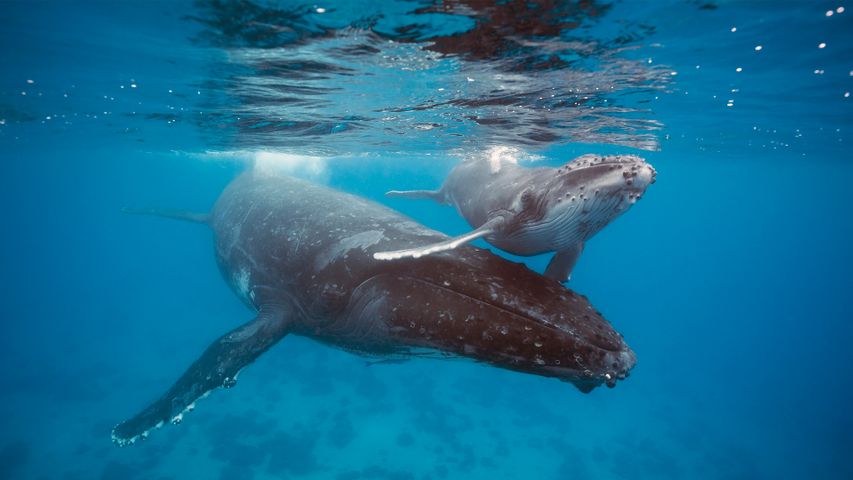 Humpback whale mother and calf, Tonga
Humpback whale mother and calf, Tonga
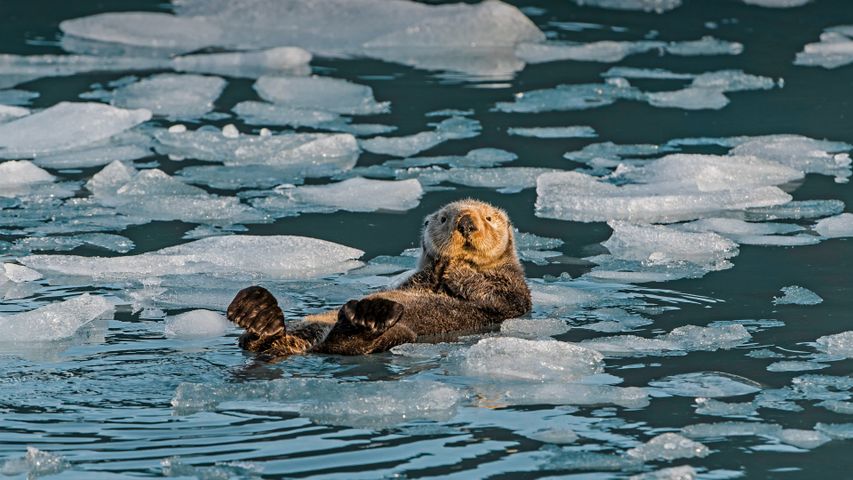 Sea otter, Prince William Sound, Alaska
Sea otter, Prince William Sound, Alaska
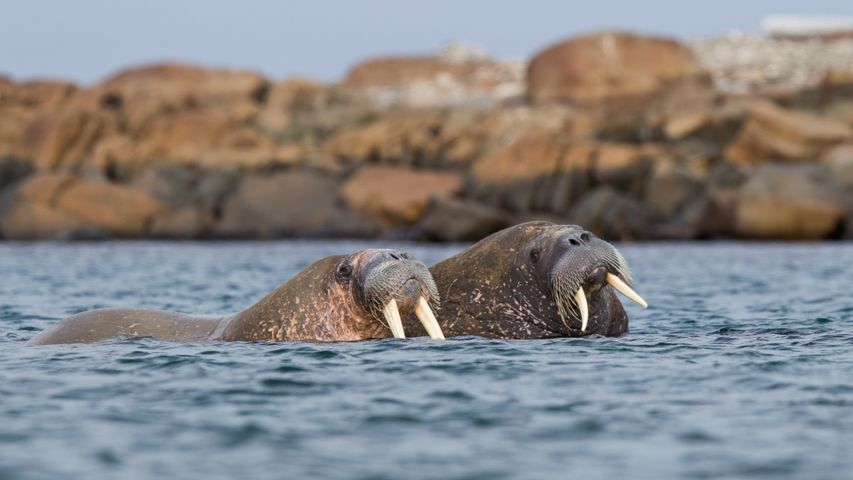 Walrus pair at sea in Svalbard, Norway
Walrus pair at sea in Svalbard, Norway
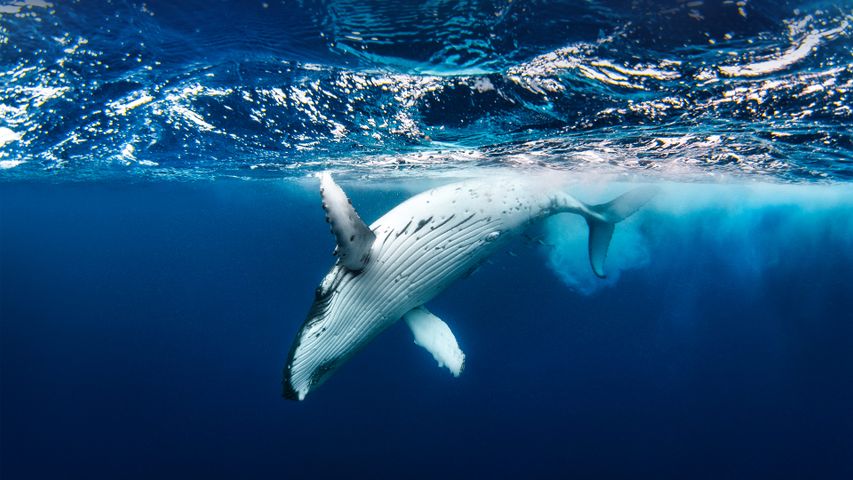 Humpback whale
Humpback whale
 Alpine marmots in Hohe Tauern National Park, Austria
Alpine marmots in Hohe Tauern National Park, Austria

